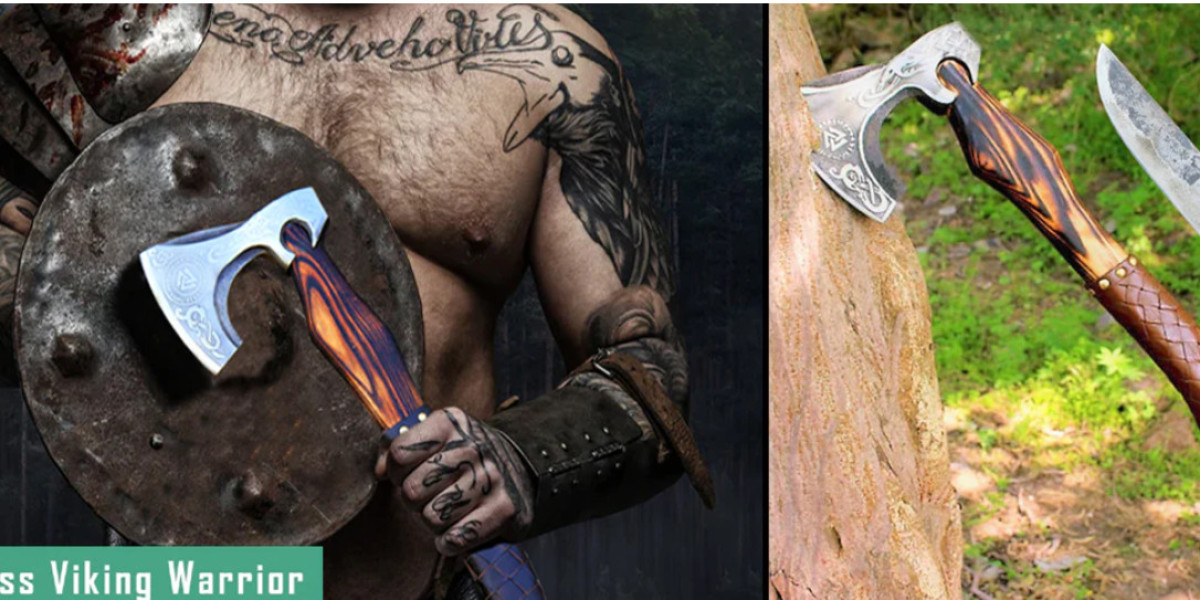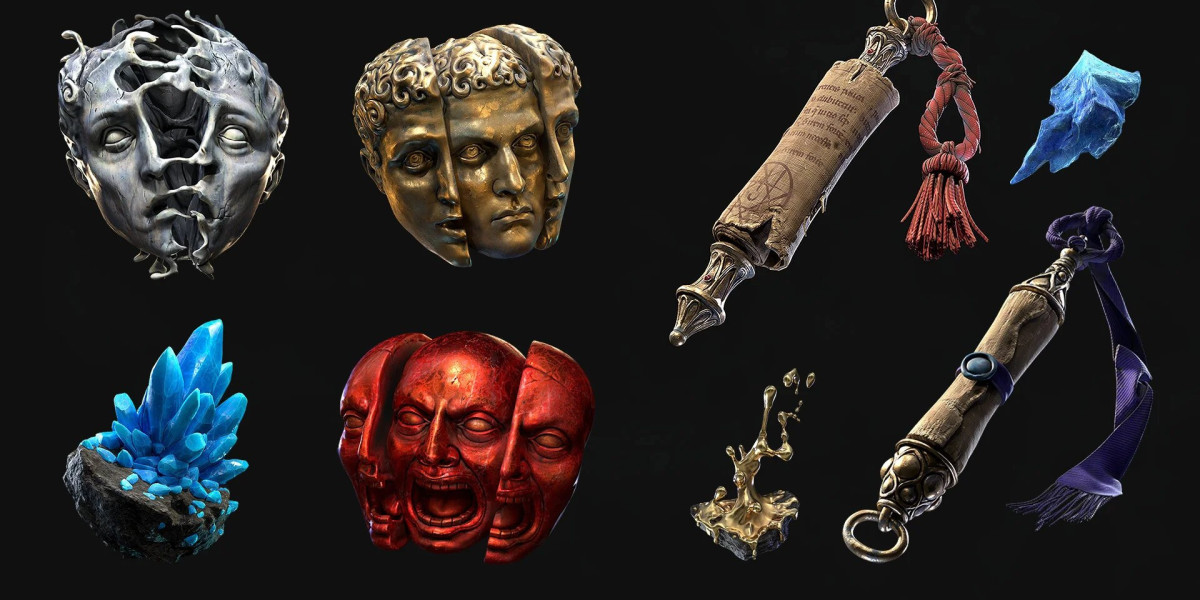Making a Viking Axe isn't just a remunerating project; it is also an entrancing excursion into the universe of verifiable craftsmanship. This guide will make you go through the cycle step by step, making it open for fledglings who are anxious to get familiar with the specialty of blacksmithing.
Understanding the Viking Hatchet
The Verifiable Importance
Viking tomahawks were adaptable devices utilized for different purposes, including battle, carpentry, and day-to-day assignments. They frequently highlighted a particular plan, with a wide, sharp edge and a solid handle, making them viable in a fight and pragmatic for regular use.
Sorts of Viking Tomahawks
Before you begin creating, dive more deeply into various sorts of Viking tomahawks, for example, the whiskery hatchet, which has an articulated bend, and the Dane hatchet, known for its long handle and enormous cutting edge. Each plan serves various capabilities, so pick one that lines up with your expected use.
Materials and Instruments Required
Fundamental Materials
Steel:
Gentle Steel: For the body (e.g., 1018 or hot-moved gentle steel).
High-Carbon Steel: For the front line (e.g., 1075).
Wood:
A solid kind like hickory or debris for the handle.
Apparatuses Required
Fashion: A propane or coal manufacture for warming the steel.
Iron block: A strong surface for molding the metal.
Hammers: various mallets for various manufacturing assignments.
Utensils: For holding hot metal securely.
Extinguishing Tank: For heat treatment.
Wellbeing Stuff: Goggles, gloves, and defensive apparel.
Bit by bit Manual for Making Your Viking Hatchet
Stage 1: Setting up the Steel
Begin with a piece of gentle steel, regularly around 0.75" x 2.5" x 4.5". Slice the steel to measure, guaranteeing one side is skewed at around 7 degrees for the edge. This will frame the fundamental state of your hatchet head.
Stage 2: Making the Eye
To make the eye (the opening for the handle), you can, all things considered:
Wrap the Steel: Twist the steel around a bar to frame the eye.
Punch and Float: Utilize a poke to make a hole and afterward float it to the ideal size.
Stage 3: Fashioning the Knife
Fashion the free finish of the steel to make a straight knife, roughly 0.6" x 1.625" x 4.75". This will give a strong base to the handle.
Stage 4: Framing the Sharp edge
Part the skewed side of the hatchet to a profundity of ½" to get ready for the inclusion of the great carbon steel bit. Produce the sharp edge to keep up with clean bends and tighten the thickness to around 3/8" at the edge.
Stage 5: Embedding the High-Carbon Touch
Cut a piece of high-carbon steel (5/16" x 1") to squeeze into the separator of the hatchet body. Fashion a sharp edge on the piece, leaving a band around 3/8" wide unmanufactured. Embed the piece into the hatchet body and straighten the cheeks firmly around it.
Stage 6: Welding the Piece
Heat the hatchet body and spot to a reasonable temperature for manufacturing welding. Utilize a mallet to fashion-weld the piece into place, guaranteeing major areas of strength without noticeable creases.
Stage 7: Normalizing and Intensity Treating
Standardize the hatchet by warming it and permitting it to gradually cool. Then, at that point, heat treat the hatchet head by warming it to high temperatures and extinguishing it in oil or water to solidify the steel. At long last, temper the hilt by warming it gradually and permitting it to cool normally to lessen weakness.
Stage 8: Molding the Handle
Cut the handle from wood, tightening it somewhat to squeeze into the hatchet head. Treat the wood with oil to safeguard it and guarantee a tight fit.
Stage 9: Last Gathering
Slide the hatchet head onto the handle and secure it utilizing a wedge or by tightening the handle. Alternatively, you can adorn the hatchet with inscriptions or examples of average Viking plans.
Stage 10: Final details
Drudgery and clean the hatchet to accomplish a smooth completion. Guarantee the edge is sharp and the handle is agreeable to grasp.
Security Safeguards for Amateurs
Individual Defensive Hardware (PPE)
Continuously wear security goggles, heat-safe gloves, and fitting apparel to shield yourself from flashes and hot metal.
Work area Security
Keep your work area coordinated and guarantee legitimate ventilation. Have fire security estimates set up, like a fire dousing.
Gear Dealing with
Get to know all instruments and handle hot metal with utensils. Never utilize your exposed hands on hot materials.







